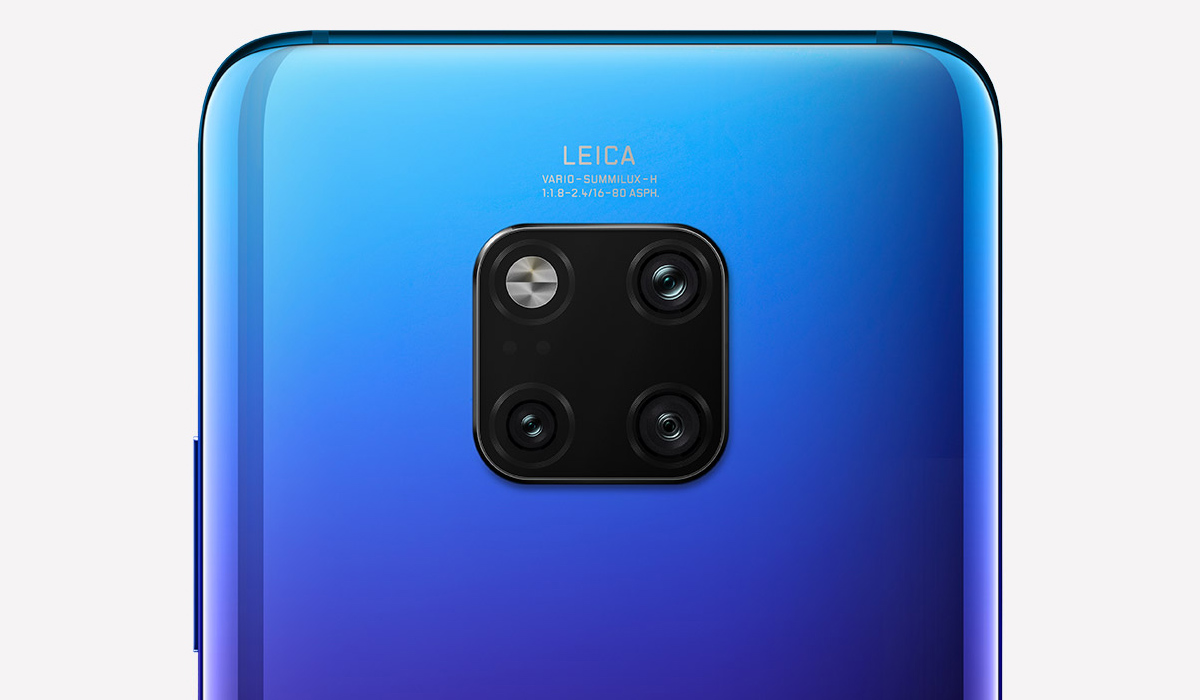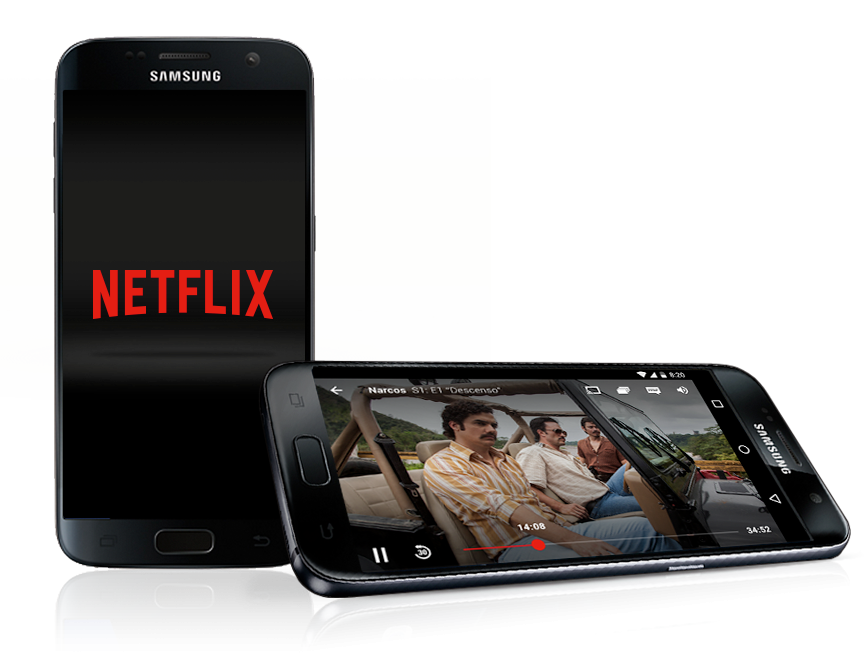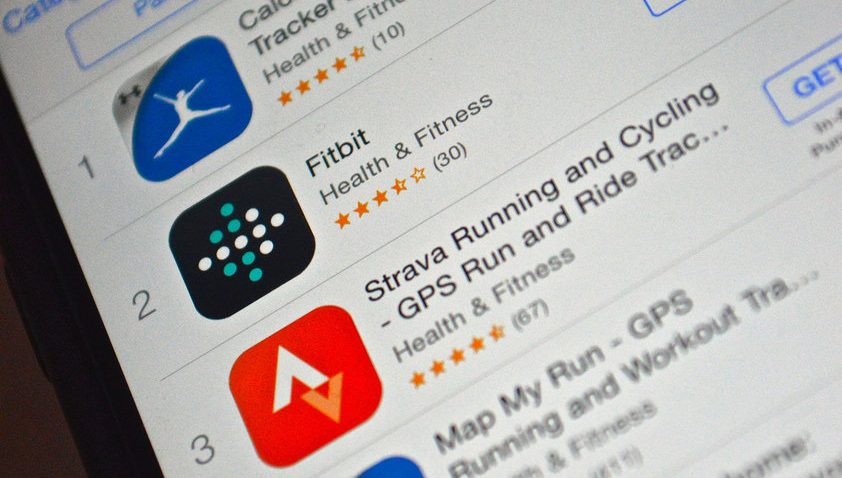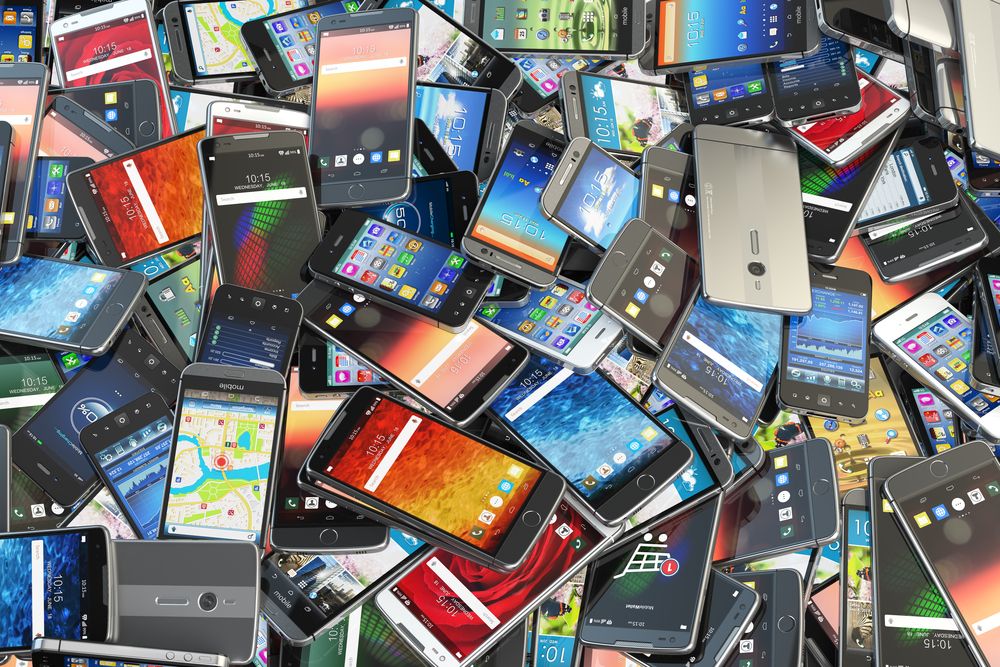The smartphone age evolved rapidly and some will suggest it has now slowed a little. The frenetic upgrade cycle has given way to smartphone owners waiting for the next best thing and holding onto phones for longer.
When we look back over the last decade though, we’ve certainly come a long way.
Since the first iPhone was released over eleven years ago and the first Android device arrived in Australia ten years ago our lives have completely changed. The smartest device we once carried was a BlackBerry and it’s greatest strength was email.
Today, our devices are central to everything in our lives, from booking a ride, looking for a bride, taking photos, turning the lights off and ordering our next meal. So what has changed and what are we still waiting for?
Emptying our Wallets
While this term could allude to the fact most of us spend over $1,000 on a new smartphone, the smartphones of today are now helping us physically empty our wallets, too. Our credit cards can now be used from a tap of your device, or smart watch. We are extremely close to having our drivers licenses digitized in Australia with trials already underway in some parts of the country. And any loyalty card from Woolworths, Myer, or even coffee shops are all digital now.
While the death of the wallet has been calling for years, we’re still not quite there yet.
Is that a camera in your pocket?
 The first iPhone released in 2007 had a 2MP camera on the rear only. Today the latest from Huawei, the Mate 20 Pro, has three cameras on the rear – one of which is 40MP, while also packing a 24MP front facing camera. The compact camera is dead and most people travel with just their smartphone for capturing their memories.
The first iPhone released in 2007 had a 2MP camera on the rear only. Today the latest from Huawei, the Mate 20 Pro, has three cameras on the rear – one of which is 40MP, while also packing a 24MP front facing camera. The compact camera is dead and most people travel with just their smartphone for capturing their memories.
The camera appears to be one of the only remaining competing grounds and one of the biggest reasons someone might buy a particular phone. A better quality selfie or landscape opens up more opportunities for edits and ultimately more likes on the ‘gram.
Less Buttons than a Polo
When you consider that a BlackBerry from 2008 had a full QWERTY keyboard and trackball for navigation, we’ve come a heck of a long way to the all screen devices of today. Most new smartphones will not have any visible buttons on the front of the device, leaving only a power button and volume rocker on the sides.
There is still plenty of competition in improving clarity, colour reproduction and brightness, especially in daylight, the displays on a phone today are breathtaking. With an all screen device we did see an industry that grew with the iPhone: screen replacements.
They’re not cheap and insurance such as Apple Care is becoming more and more important.
For my eyes only

As our phones become more than just a device that mum would reach us on for school pick-ups, we started to become more protective of who could use it. It started with a PIN code before Apple brought the fingerprint sensor to the iPhone 5s. Samsung tried iris scanning before Apple launched a more reliable FaceID.
As the home button, where most fingerprint scanners lived, was made redundant, many brands focused on facial recognition until Huawei recently added a fingerprint scanner built into the screen. We understand Samsung’s about to do the same thing.
We all want to keep our SnapChat pics and Tinder matches private so it is a constant space to balance between convenience and speed.
If you Buffer, you lose
 Years ago music and videos were stored on our phones, all those MP3 files we synced through iTunes, it was like a digital mixtape. Today we’re a tribe of streamers. Whether it is music or visual content, nothing lives on our devices. We browse Spotify, select one of millions of songs and we expect it to play in an instant.
Years ago music and videos were stored on our phones, all those MP3 files we synced through iTunes, it was like a digital mixtape. Today we’re a tribe of streamers. Whether it is music or visual content, nothing lives on our devices. We browse Spotify, select one of millions of songs and we expect it to play in an instant.
The same goes for apps like Netflix, Stan, YouTube, Amazon Prime and even live TV. Thanks to improved internet speeds in the home this has enabled us to leave the loungeroom and still watch whatever we like, wherever we like. As telecommunication networks evolved from 3G to 4G we now wait for 5G to change everything again.
The speeds of 5G will be even more impressive to meet our growing desires for better quality content without the wait. The only thing we are really waiting for, is the first 5G smartphone to hit the market, and for networks to be ready.
This, perhaps, we will start to see this year.
“There’s an app for that”

The saying made famous by Apple in 2009 has continued to ring true. With millions of apps available on the Google Play or Apple AppStore we are left flicking through pages of tiles in our smartphones. While phones have moved to a slower turnover cycle, we are continually hearing about new apps, new ways of doing things and apps that connect to things.
Sure we were amazed by the cigarette lighter app all those years ago but from dating to booking restaurants and taxis, we have seen entire industries disrupted because of a new business model shaped around an app. In recent years that focus has grown to accessories with apps, not just FitBit but our light globes, our security cameras, the padlock on the front gate and even hearing aids. There is an app for that, but there’s also another device ready to pair with it too.
We’re always waiting for the next big thing, the lines on iPhone launch days are reducing and we keep our phones for three years without batting an eye-lid. The game for many is what is in the phone and how we use it, from apps to services such as Netflix, it is how we use the smartphone that matters more than the device itself.
20 years ago Nokia produced the slogan “Connecting People” and while that company has changed, the phones of today continue to do that, in a million different ways.




